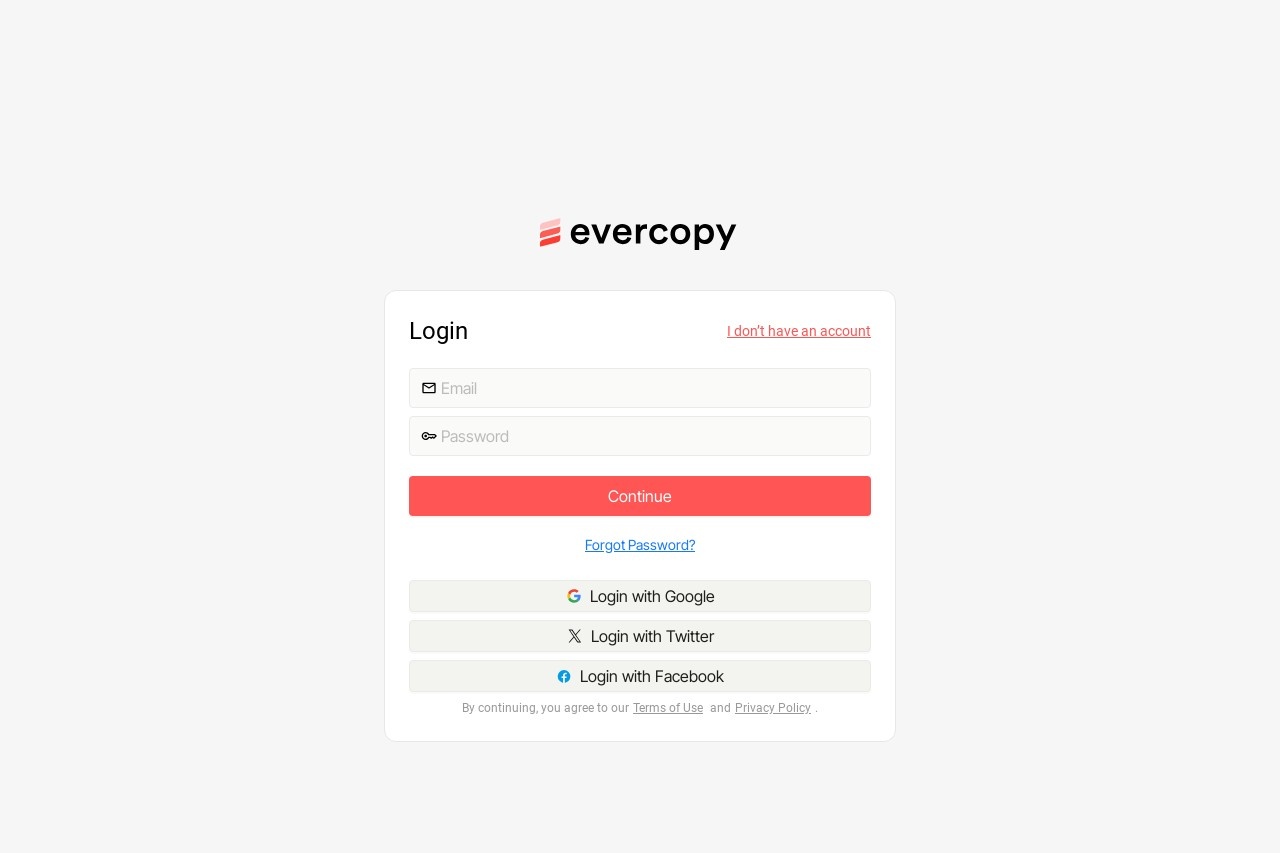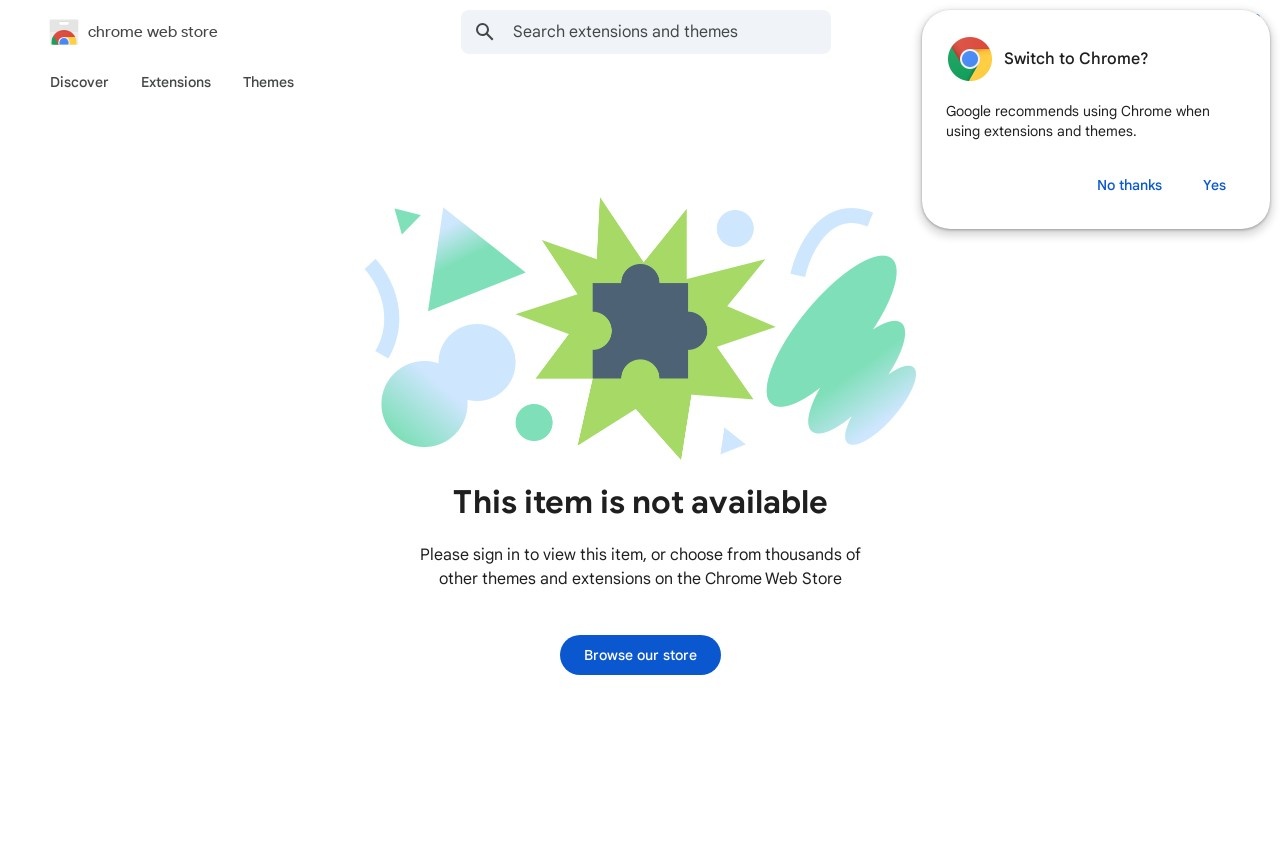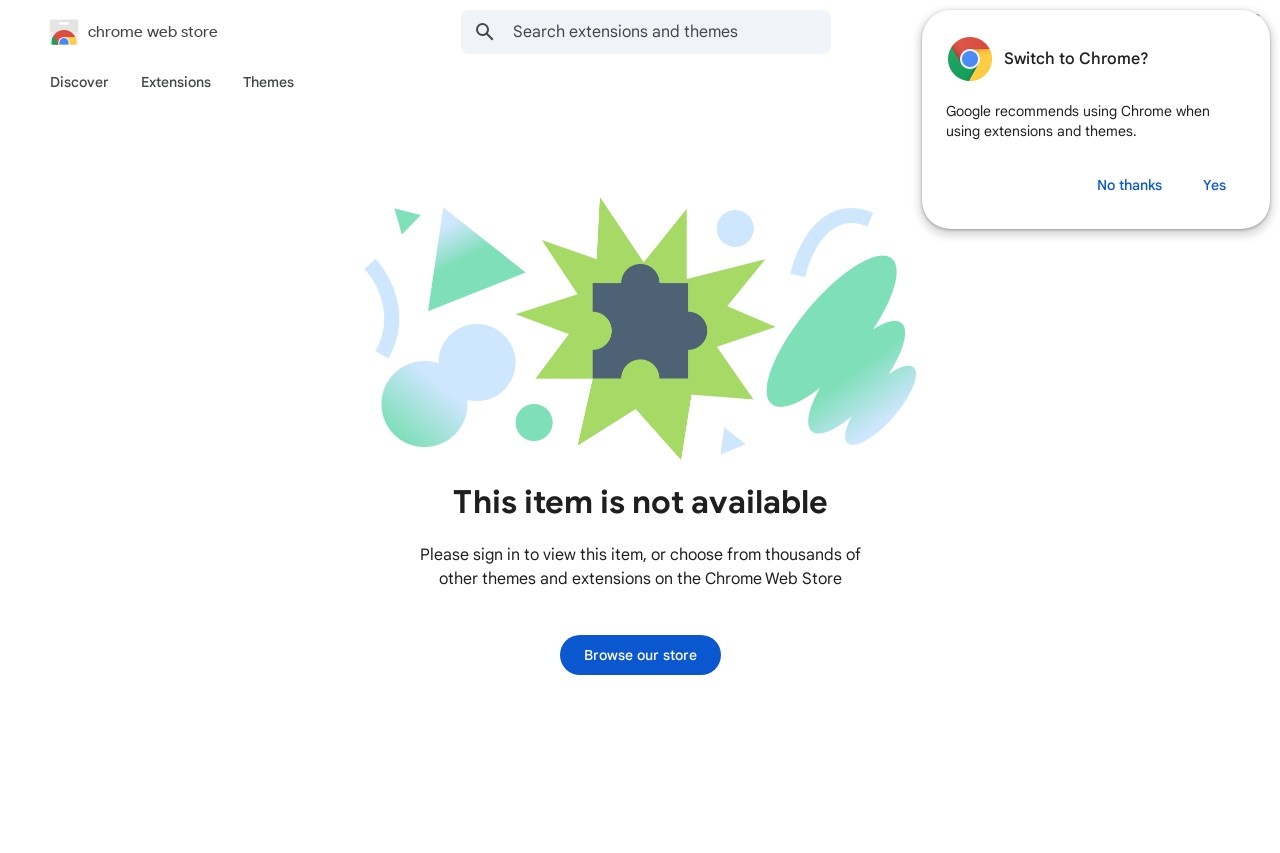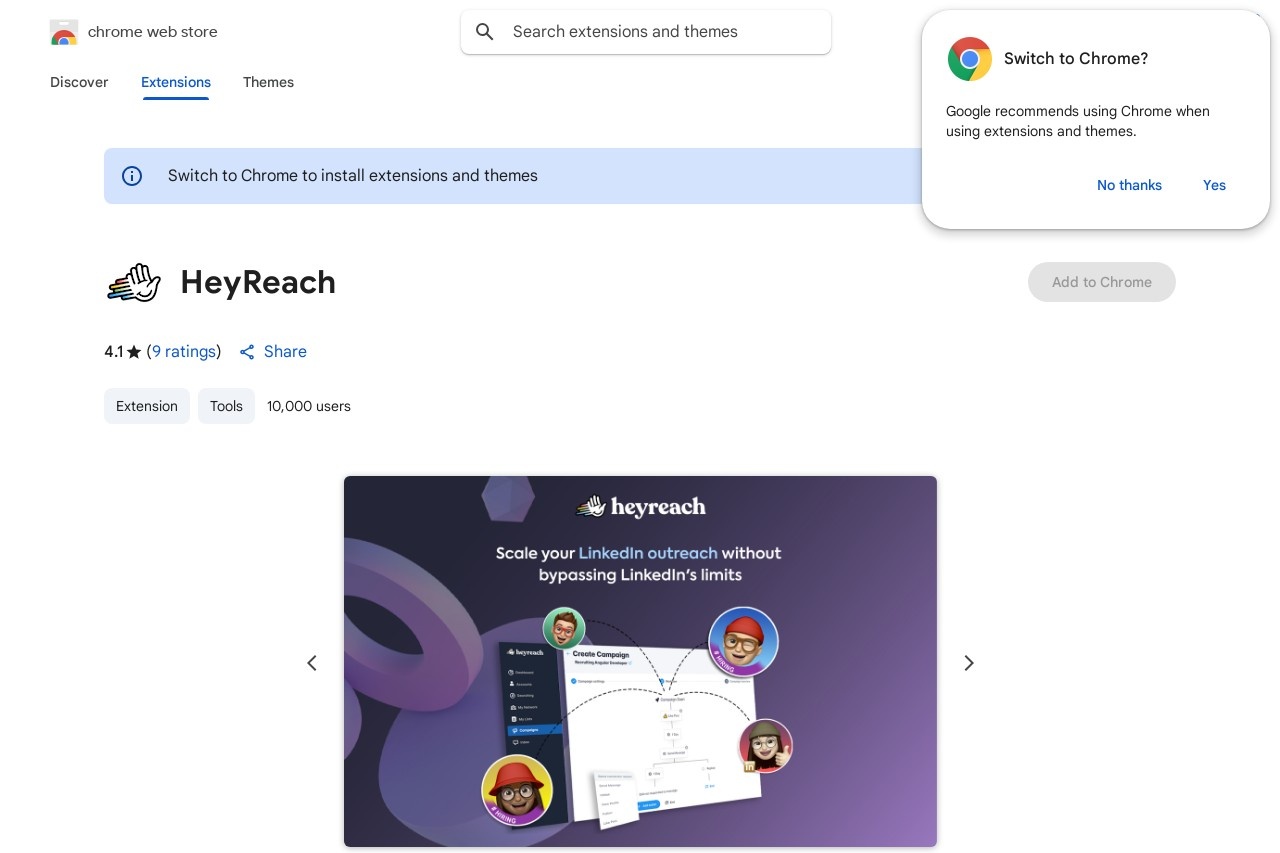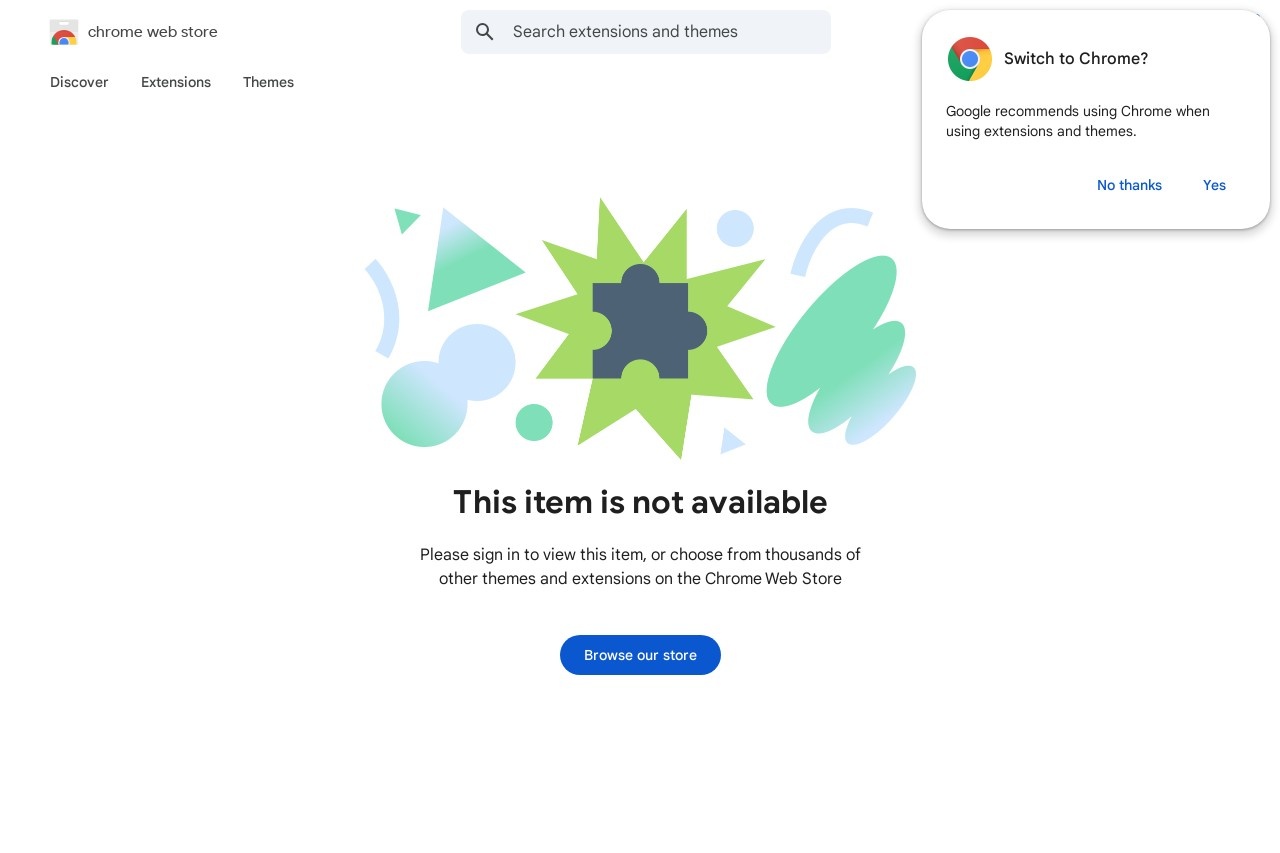Pagic
Pagic: A Modern Static Site Generator
In the world of web development, static site generators have gained immense popularity due to their simplicity, speed, and security. Among these tools, Pagic stands out as a modern solution designed to streamline the creation of static websites.
What is Pagic?
Pagic is a lightweight yet powerful static site generator that transforms Markdown files and templates into fully functional static websites. It combines the flexibility of dynamic frameworks with the performance benefits of static sites, making it ideal for blogs, documentation, and portfolios.
Key Features
- Markdown Support: Write content in simple Markdown syntax while Pagic handles the HTML conversion.
- Customizable Templates: Use pre-built themes or create your own layouts for a unique design.
- Fast Performance: Generates optimized static files for lightning-fast page loads.
- Plugin Ecosystem: Extend functionality with plugins for SEO, analytics, and more.
- Modern Tooling: Built with TypeScript and integrates seamlessly with modern workflows.
Why Choose Pagic?
Unlike traditional CMS platforms, Pagic eliminates the need for databases or server-side processing. This results in:
- Enhanced security (no dynamic vulnerabilities)
- Lower hosting costs (works with any web server)
- Better scalability (handles traffic spikes effortlessly)
Getting Started
Setting up Pagic is straightforward. After installing via npm, you can initialize a new project with a single command. The intuitive folder structure keeps your content (Markdown files) separate from templates, making organization effortless.
For developers familiar with static site generators like Jekyll or Hugo, Pagic offers a fresh approach with its modern architecture and focus on simplicity. Whether you're building a personal blog or enterprise documentation, Pagic provides the tools to create professional, high-performance websites with minimal overhead.







